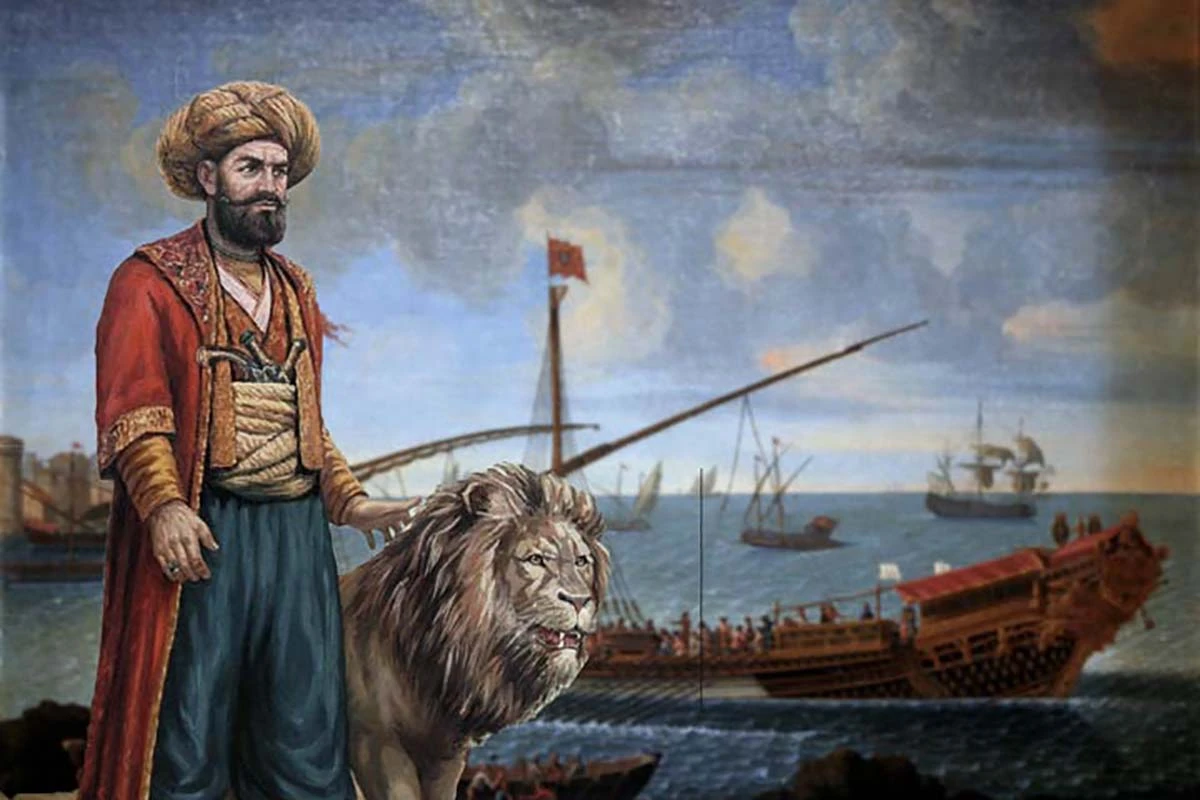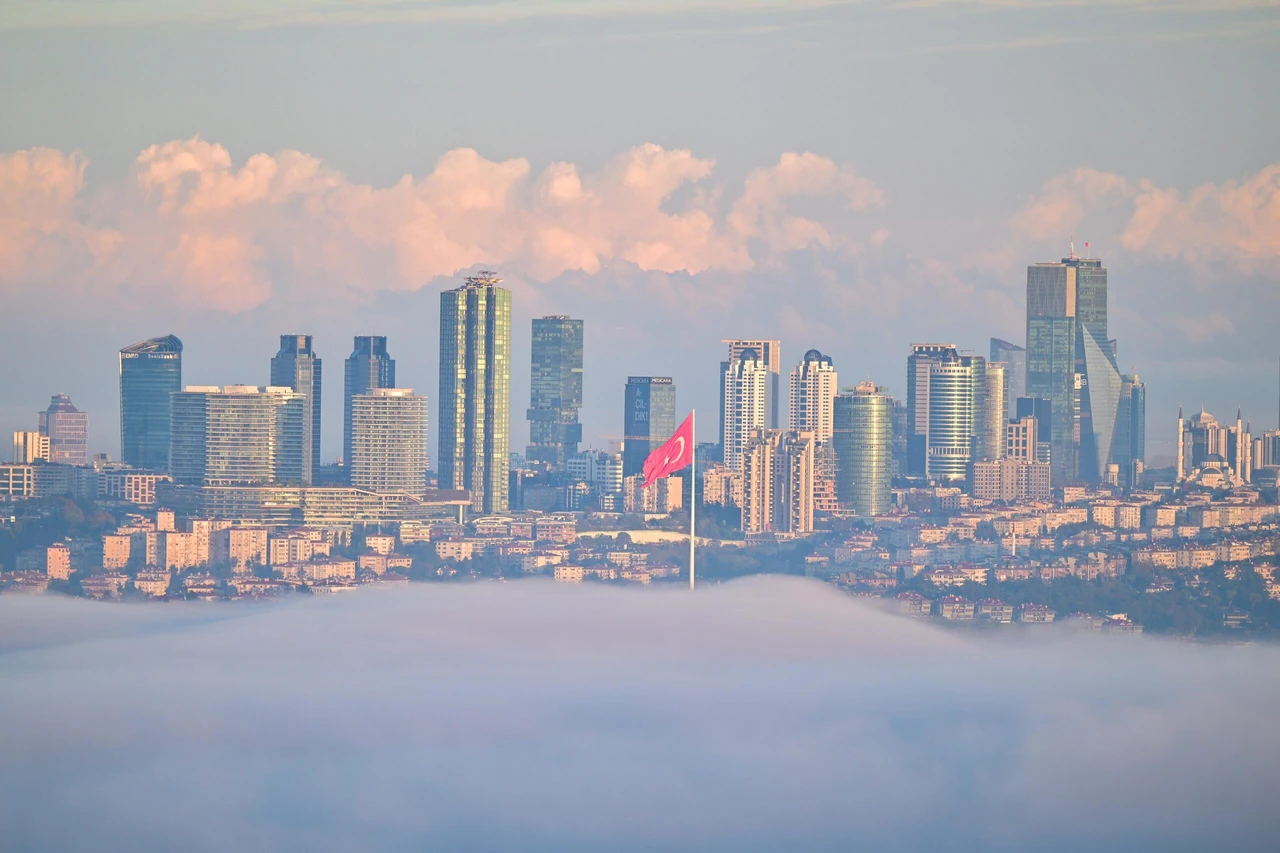Restoration of robe belonging to Sultan Abdulhamid II completed in Istanbul
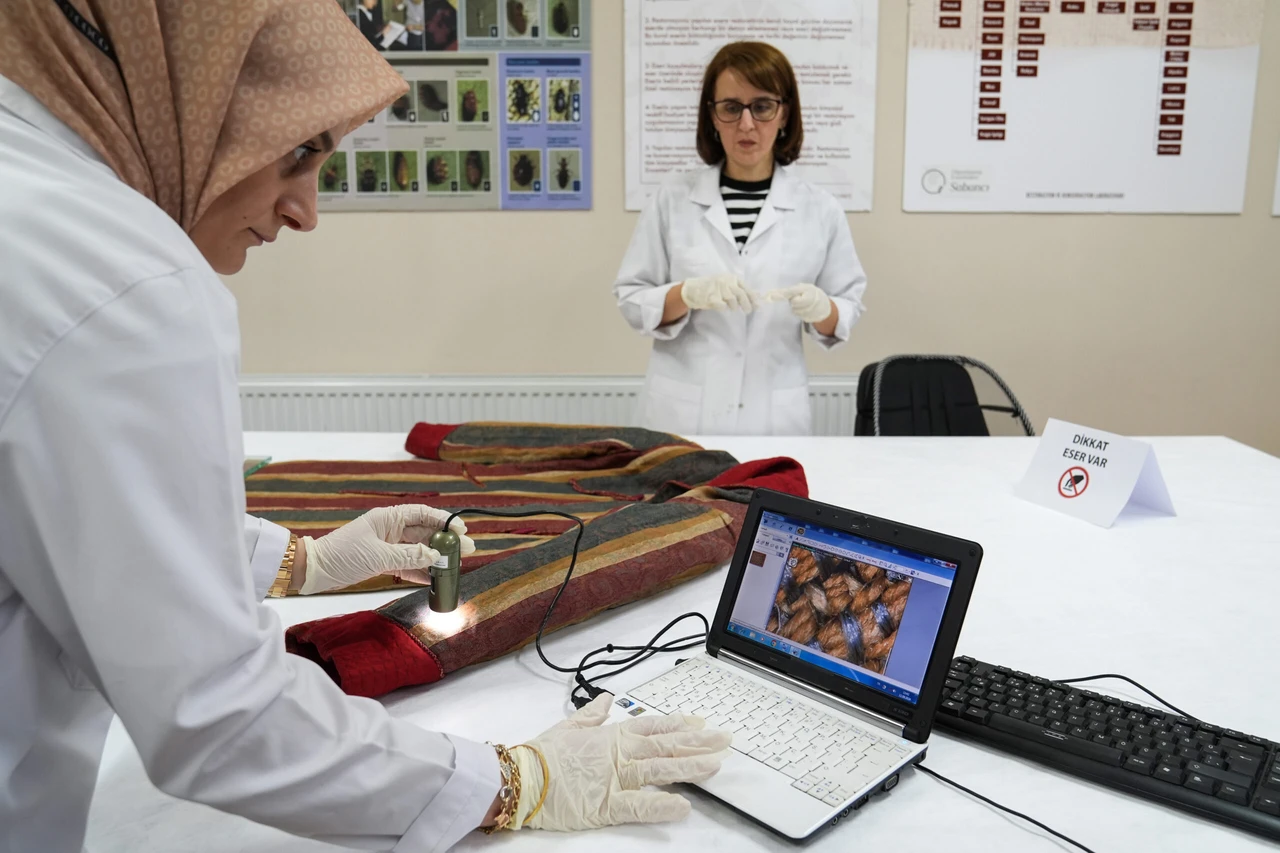 Restoration work on a robe believed to have belonged to Sultan Abdullhamid II is completed at Istanbul Beylerbeyi Sabanci Olgunlasma Institute, Istanbul, Türkiye, September 18, 2024 (AA Photo)
Restoration work on a robe believed to have belonged to Sultan Abdullhamid II is completed at Istanbul Beylerbeyi Sabanci Olgunlasma Institute, Istanbul, Türkiye, September 18, 2024 (AA Photo)
A robe believed to have belonged to Sultan Abdulhamid II has undergone restoration at the Beylerbeyi Sabanci Olgunlasma Institute in Istanbul.
Discovered during the clearing of a home in Moda, Kadikoy, the robe was handed over to an antique dealer by the heirs, who believed it could be a significant artifact.
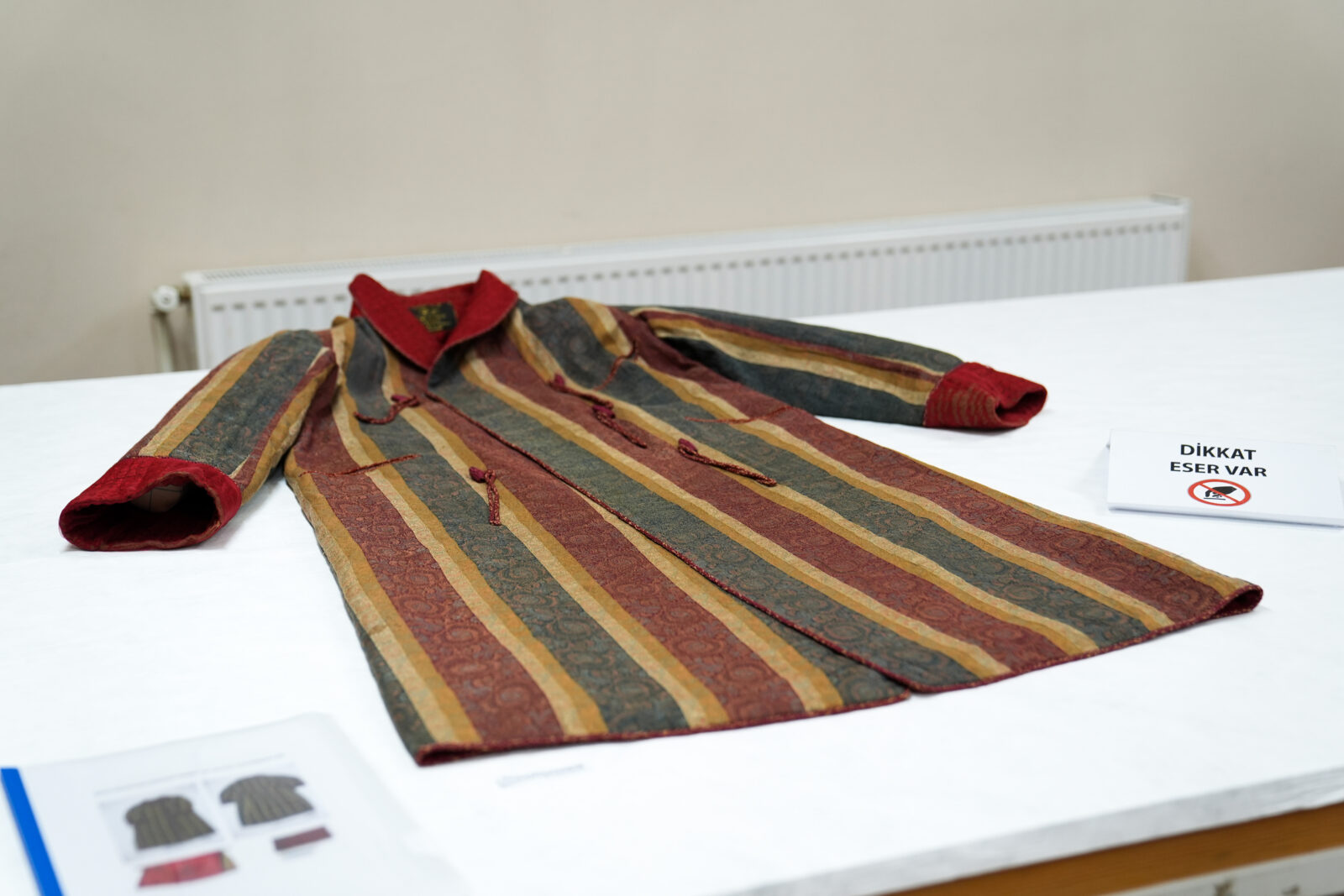
Recognizing the importance of the item, the dealer consulted with renowned fashion designer Cemil Ipekci and a team of academics. The robe was later transferred to collector Sadiye Ulusoy, who brought it to the institute for detailed analysis.
At the institute’s Portable Cultural Heritage Restoration and Conservation Laboratory, material and thread analysis was conducted by Meral Ozumay under the supervision of Professor Hulya Tezcan. The findings revealed that the materials and dyes used in the robe were synthetic. The results were shared with Ulusoy.
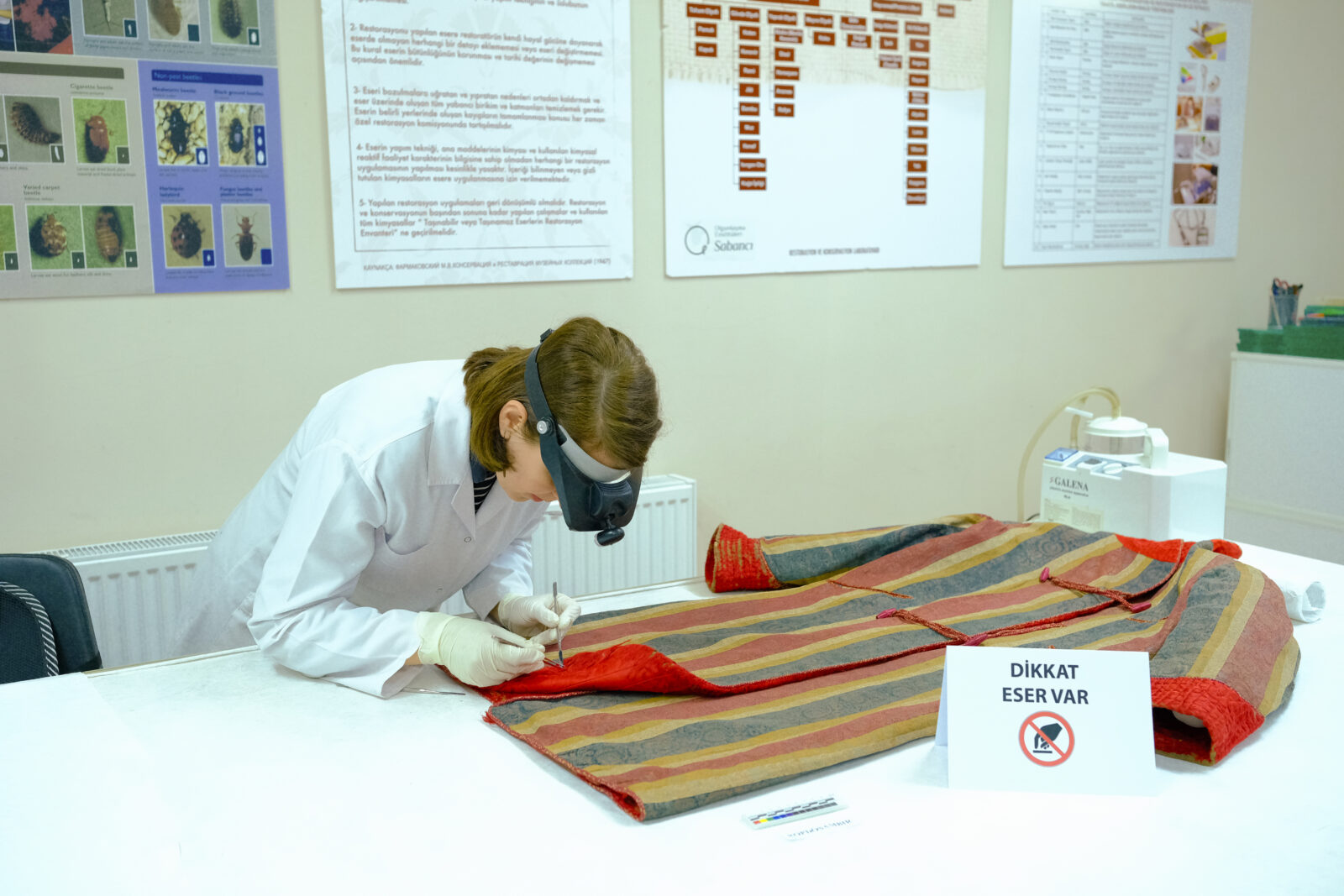
“We use natural dyes in the recoloring process”
Conservator Elif Sila Mollaalioglu, speaking to AA, emphasized the importance of the documentation process during the restoration, noting, “The stages involved photographing, visual analysis, and microscopic evaluations, which helped us progress to the next step. The restoration was completed within six months.”
Benan Bayram, who oversees the Dyeing Laboratory at the institute, elaborated on their methods, stating that they work in the natural dye laboratory as part of the restoration process. “Once all the analysis was complete, we addressed any missing textile parts, using primarily silk. We then used natural dyes to achieve the appropriate color match.”
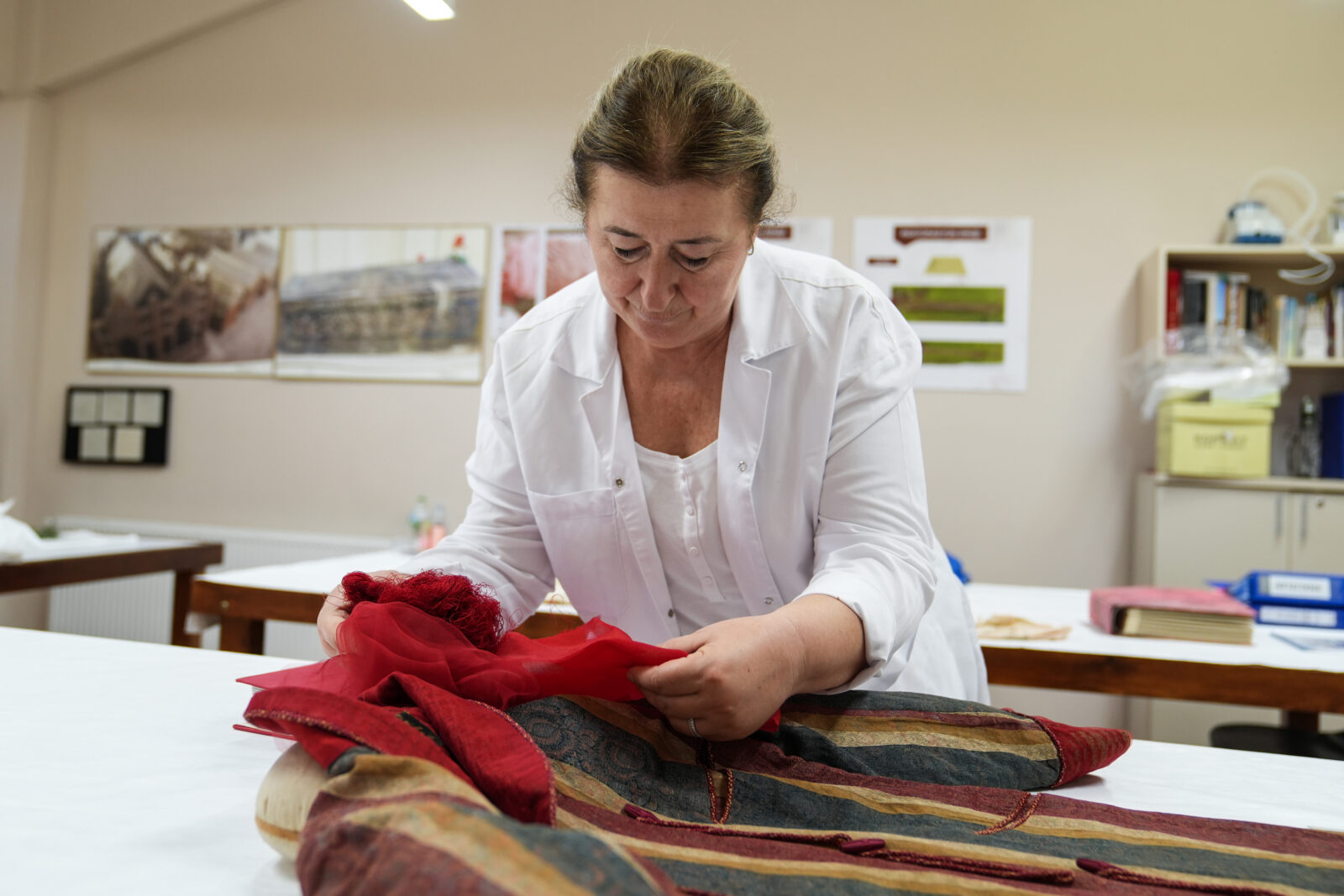
Bayram continued, “In this case, after the analysis was done, we conducted experiments with natural dyes to find the best color match for the robe. Using natural root dyes, we reached the desired tone. We completed the dyeing process with silk fabric and thread, allowing our team to finish the restoration.”
Kubra Kilinc, another member of the restoration team, explained that they worked with various types of silk during the restoration. “We started by placing Odemis silk and sewing it using the puntolama technique. Then, we layered Lyon silk on top and repeated the process to strengthen the piece. As Professor Hulya Tezcan mentioned, the robe was specially tailored for Sultan Abdulhamid and sewn abroad, crafted specifically for his use.”
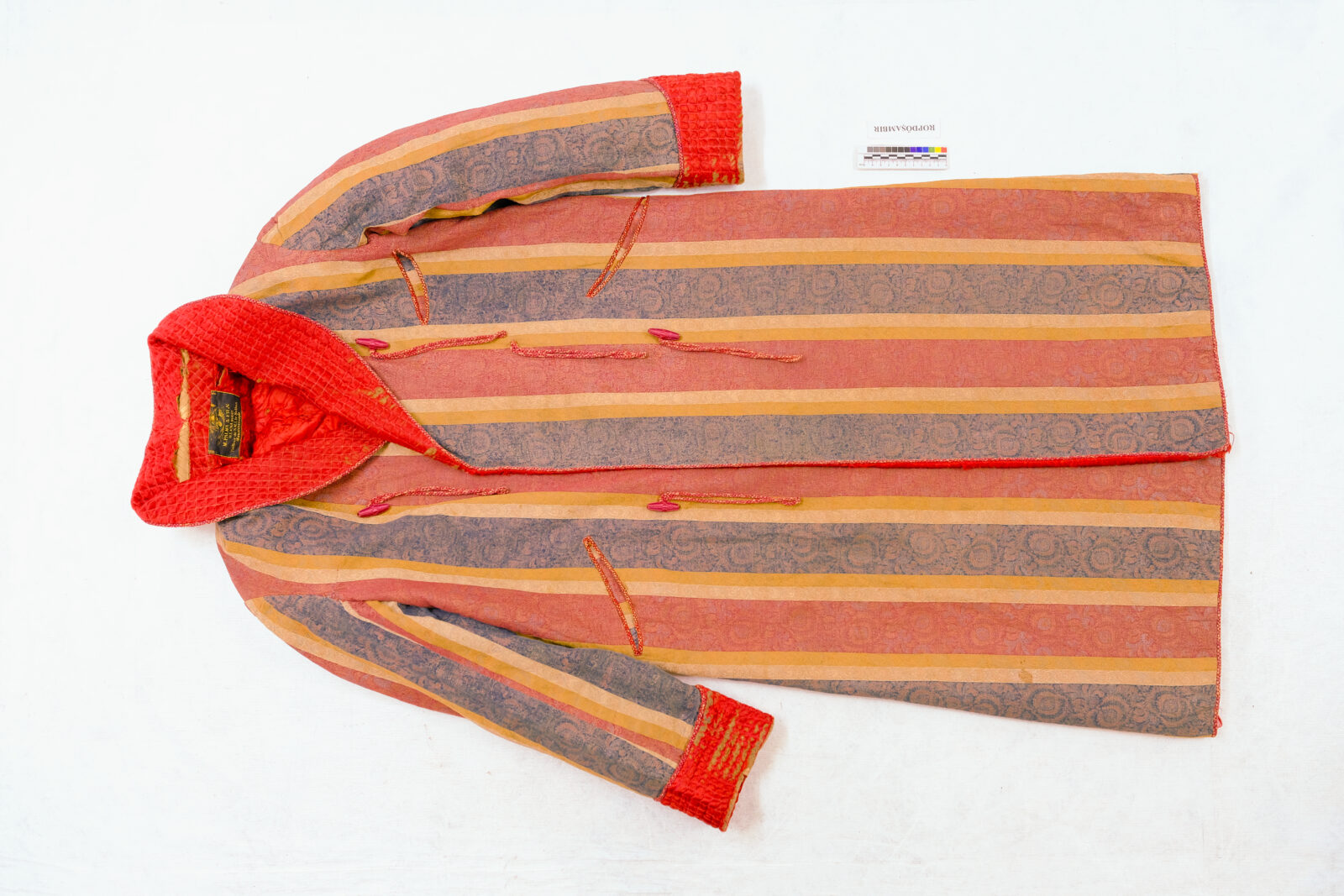
In conclusion, the meticulous restoration of the robe believed to belong to Sultan Abdulhamid II not only preserves a piece of Ottoman history but also demonstrates the high level of expertise and dedication involved in cultural heritage conservation.
The successful application of natural dyeing techniques and detailed restoration work ensure that this historical garment can be appreciated by future generations.
